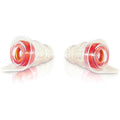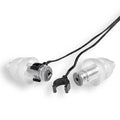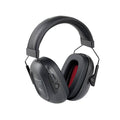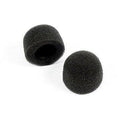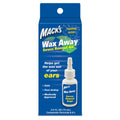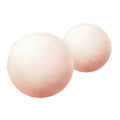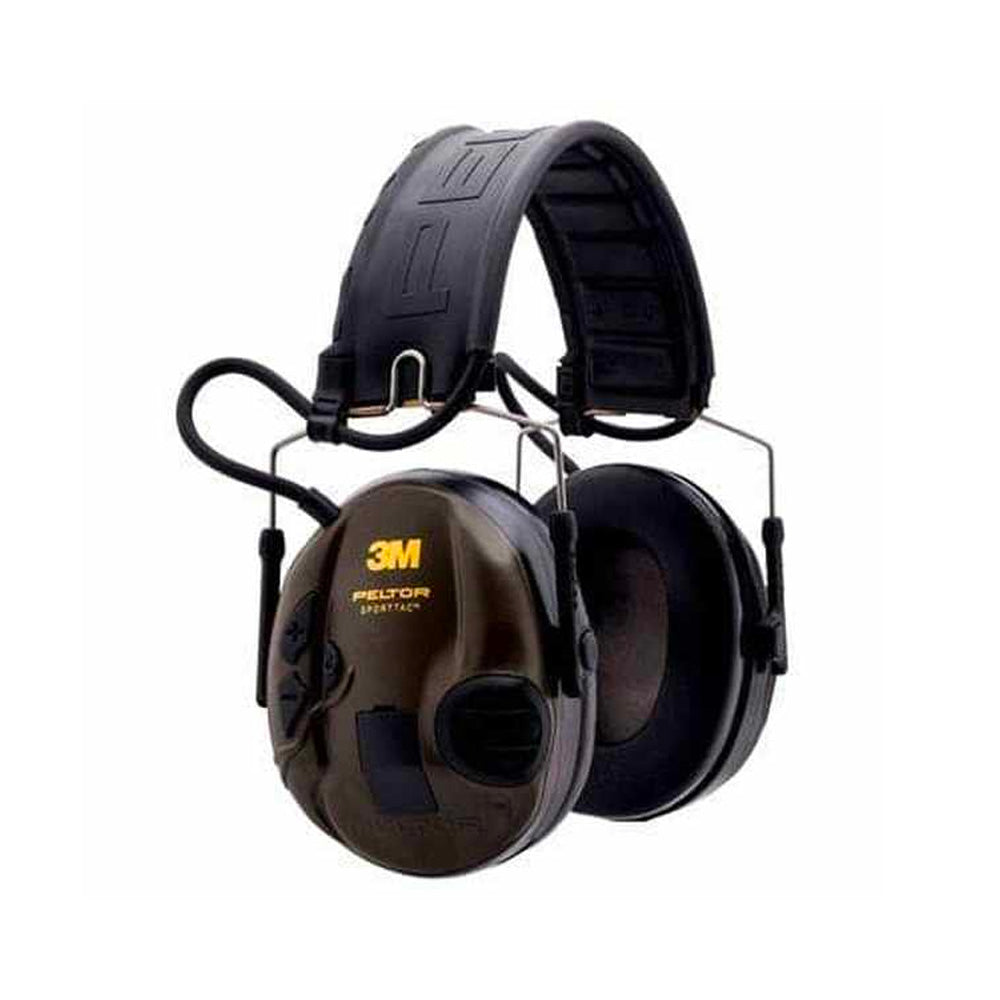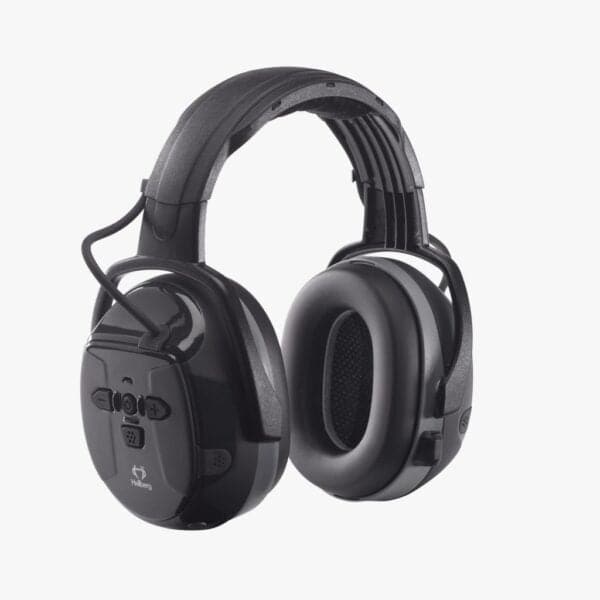Choosing the right earmuff or ear plug is crucial for preserving your hearing in environments where noise levels can be harmful. For Kiwi consumers, understanding the SLC80 class system is essential for selecting hearing protection that provides the right protection, while recognising that price doesn’t always equate to quality when looking to protect your hearing.
Understanding the New Zealand SLC80 Class System
The SLC80 (Sound Level Conversion) class system categorises hearing protection devices based on their ability to reduce noise levels. In New Zealand, these classes are:
Class 1 (SLC80 10 to SLC80 13): Provides basic protection suitable for environments with moderate noise levels less than 90 decibels, such as light industrial work. Have a look at the 3M Caboflex Banded ear plugs.
Class 2 (SLC80 14 to SLC80 17): Offers medium protection suitable for louder environments with a decibel range between 90 and 95, such as workshops, or outdoor activities with increased noise levels. Check out the Uvex Hi-Com disposable ear plugs.
Class 3 (SLC80 18 to SLC80 21): Designed for high-noise environments with a decibel range between 95 and less than 100, like heavy industrial settings, mining operations, or construction sites. Have a look at the Howard Leight QB2HYG Quiet Banded ear plugs.

Class 4 (SLC80 22 to SLC80 25): Provides protection for very loud environments with a decibel range between 100 and less than 105, such as concert stages and stadium-level music performances. Take a look at the Hellberg Secure S1H earmuff, and the Howard Leight Laser Lite Uncorded disposable ear plugs.
Class 5 (SLC80 26 and greater): Offers the highest protection for extremely loud settings with a decibel range between 105 to less than 110, such as airports, or shooting ranges. Check out the Howard Leight Max Uncorded disposable ear plugs, and a selection of passive ear muffs which are available in a number of styles including headband, folding headband, cap-attach and neckband.

Choosing the Right Hearing Protection Earmuffs
When shopping for new ear muffs or ear plugs, it’s important to consider several factors to ensure they meet your needs and effectively protect your hearing.
1. Noise Exposure Levels: Determine the typical noise levels (in decibels) of your workplace or activity. This helps you select ear protection with an appropriate SLC80 rating. For example, if you work on a construction site where noise levels reach a limit of 103 decibels, earmuffs rated in Class 4 (SLC80 22 to 25) would be suitable to protect your hearing effectively.
2. Fit and Comfort: Earmuffs should fit securely over your ears to create a tight seal without causing discomfort. Look for adjustable headbands and cushioned ear cups to ensure a comfortable fit, especially if you need to wear them for extended periods.
3. Durability and Quality: Look for earmuffs made from durable materials that can withstand the conditions of your work environment. Ensure they meet New Zealand safety standards for hearing protection to guarantee their effectiveness.
4. Additional Features: Consider features such as foldability for easy storage, compatibility with other safety gear like helmets, or integrated communication systems if needed for your job requirements.

Quality Over Price
It's crucial to note that cheap earmuffs may not always provide adequate protection. Here’s why quality matters:
● Effective Noise Reduction: Higher-quality earmuffs may offer better noise reduction capabilities, can be more comfortable to wear, and may include features like a baffle system or Sound Management Technology (filtering sounds through a passive hearing protector when noise reaches 82 decibels), which is crucial for protecting your hearing in loud environments.
● Durability: Quality earmuffs are durable and designed to withstand frequent use and harsh conditions, and can also be more economical than cheaper alternatives.
● Comfort: Higher-quality earmuffs often prioritise comfort with better cushioning and ergonomic designs, making them more suitable for extended wear.
● Compliance and Safety: Earmuffs that meet New Zealand safety standards (AS/NZS 1270:2002) are more likely to provide reliable protection, ensuring you comply with workplace safety regulations.
Understanding the New Zealand SLC80 class system enables you to make informed decisions when selecting hearing protection earmuffs. By considering factors such as noise exposure levels, fit and comfort, durability, and additional features, you can choose earmuffs that effectively protect your hearing in your specific environment. Remember that prioritising quality over price ensures that you invest in hearing protection that not only meets but exceeds your safety needs, safeguarding your hearing health for the long term


